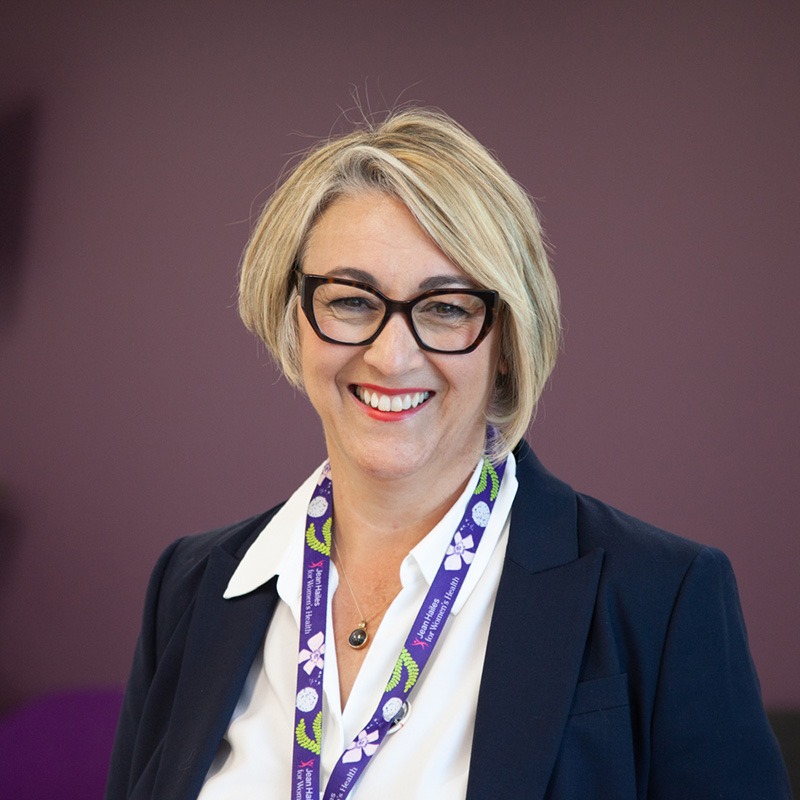Ravi Sharma’s credentials in pharmacy are formidable. Recently appointed the Royal Pharmaceutical Society’s (RPS’s) director for England, he was also National Clinical Lead for Clinical Pharmacy and Genomics for the National Health Service (NHS) while holding several honouree and advisory positions.
His key role has been focussed on the development of integrated/collaborative and innovative roles for pharmacists. He has published several articles in reputable journals and is involved in several research projects around the impact of clinical pharmacy within primary care.
He was recently invited to Australia on a speaking tour by PSA to share his insights, research and inspiration. Before his departure, Australian Pharmacist sat down with him to discover his impressions of Australian pharmacy – and what we need to do to catch up.
You were here in 2015 on a speaking tour. What changes are you noticing in the pharmacy landscape in Australia between then and now?
I’m really seeing some traction around integration and collaborative working. I’ve had some very interesting days catching up with internal and external healthcare stakeholders. I think there is now more open dialogue between the PSA and various healthcare organisations on the role and the clinical contributions that pharmacists can make being part of collaborative and integrated multidisciplinary teams – utilising the pharmacist’s expertise in medicines to help improve patient care and safety, and ensuring people get the best out of their medicines.
Integrated care and collaborative care are what I’m truly passionate about, and I feel that here in Australia it’s starting to be acknowledged that there is evidence out there. We’re not here in a silo, we’re here to work collaboratively as a team using pharmacists’ expertise. These teams will drive improvements in the healthcare system and most importantly patient quality of life.
You appear to be leading the way in the UK in the advancement of pharmacists’ roles and the integration of pharmacists into various models of primary care. How far behind is Australia?
I think it is fair to say there’s growing recognition and body of evidence around non-prescribing and prescribing pharmacists’ contribution to healthcare. The UK has been on a real journey to enable some of those models of care and practices to develop.
In the UK we are currently focussing on medicines value and safety. In the last five years there has been a real change in the landscape to enable greater multidisciplinary working to ensure members of the public get the best use out of their medicines. Subsequently, this has opened the door for pharmacists to go into many new and exciting roles.
We are not only seeing pharmacists work in community, hospital, industry or academia. We’re seeing non-dispensing pharmacist roles in general practice, aged care settings, urgent care, mental health services, prison services, and other community services such as homeless care or social care. Many of which are pharmacist prescribers. We are evaluating the impacts that many of these roles have on patient care and how they benefit the wider healthcare system.
I believe PSA are and continue to be strong advocates for positive change in the pharmacy profession in Australia. I see many new roles opening for pharmacists here, particularly in general practice and aged care settings. I am positive that in the future there will be many opportunities for pharmacists to be able to collaboratively prescribe within integrated teams alongside our medical colleagues.
Have you been able to discern the biggest obstacles to these advances in Australia?
It is important for healthcare professionals and the public to understand the knowledge and skills that pharmacists have. We undergo a significant amount of training in medicines and the application of medicines in real-life clinical practice. Furthermore, there is a growing evidence base showcasing the impacts that pharmacists can make on improving the delivery of care, improving patient care and safety, improving access to the medicines at the right time for the right individuals while improving greater collaborative multidisciplinary working between healthcare professionals. We do need to work on changing the culture, perceptions and behaviours of other healthcare professionals and help them understand the value that pharmacists bring to the management of people’s care.
Upon reflection, there’s something about the contracting and payment mechanism in Australia that is very different to the UK mechanisms. The UK mechanisms of funding and contracting enables greater collaborative and integrated working with multiple healthcare professionals. If that was to happen in Australia, I think it would enable further forward-thinking conversations around pharmacist role extension and collaborative prescribing.
What about yourself? Was there any single episode or patient interaction where you realised you could really advance pharmacy?
When working in general practice you have access to patient medical records, their histories and pathologies such as blood tests. I soon could see how I could make a huge difference to care by ensuring people were being prescribed the best medicines for their conditions.
One episode that comes to mind; I had a 65-year-old patient who was on three antihypertensive medicines. They had been on these medicines for a number of years. The patient came in for a clinical medication review with me in the GP practice. During the review, I measured his blood pressure and it was extremely low, something like 80/42 mmHg, suggesting that he was being overprescribed his current medication.
I was able to go through his medications and overall care in detail. He had clear signs and symptoms of hypotension and was at potential risk of falls. I suggested to the patient it would be appropriate to take them off one or two of his medications. I initially started off by taking off one of the antihypertensive medications and the plan was to follow him up within the next coming days. The patient was happy with the approach. Obviously working as part of the general practice team I can speak to the doctor about these decisions, but generally, the doctors appreciate that pharmacists know lots about medications and trust us to help improve patient care on a day-to-day basis.
After deprescribing one of the medicines, I followed up with the patient a week later and the blood pressure had improved to around 100/60 mmHg. I then decide to titrate the second antihypertensive medication down (i.e. a lower dose) and followed up the patient a week later. The patient returned with a blood pressure reading of around 120/75. The patient’s signs and symptoms of hypotension had resolved completely. Not only did the patient enjoy the conversation and approach to their care, the doctors were impressed by the pharmacist’s ability to manage, monitor and review the patients long-term condition.
I reflected on this one example and thought to myself, ‘This is me being an autonomous clinician with the support of a collaborative environment. The patient’s symptoms have been alleviated. I had monitored the patient, I’d reviewed their medications; I was able to educate the patient on their medicines and on how to take them. It was a detailed consultation that my GP colleagues respected – they really saw my ability to contribute.’’
There’s also work that I and my team of pharmacists have done in GP practices around complex polypharmacy – people on loads of medicines with lots of comorbidities, going through those medicines in detail and seeing if all of them are needed. And we’ve done some great work around patient safety deprescribing, as well as reducing medicine-related errors in general practice.
As an undergraduate, I really wanted to do this type of work. I’d learned about medicines, I’d learned about how they work. I’d applied my clinical knowledge, and this was unleashing that potential. It enabled me to work with colleagues around a person-centred approach to healthcare.
What advice would you give an early career pharmacist about their future?
I would tell them their profession is getting very exciting. Some advice I would give:
- Make sure you always put patient care first.
- Collaborate and work alongside other healthcare professionals. Be open and inclusive to those discussions.
- Develop your network in and outside of pharmacy. Many opportunities can come from broadening your network and connecting with new like-minded people.
- Seek new opportunities that goes beyond the traditional role of pharmacists e.g. artificial intelligence, genomics, health informatics and digital healthcare.
- Never burn bridges or ruin relationships. You never know when you will need work with people in the future.
Overall, be the change you want to see in the profession. I have met with some early career pharmacists during my trip and have been amazed by their enthusiasm, their vision for change and their will to make a difference to patient care. That’s the leadership we should be embracing and elevating. I am confident that the future of pharmacy in Australia is in safe hands.
What do you see are the most exciting new realms of pharmacy?
I would like pharmacists involved with collaborative prescribing – the ability to work as part of a team to improve patient care. The PSA has said that they want this happening by 2020. This holds great opportunity – to develop your clinical skills, to enable greater collaborative working with doctors, to work at the top of your scope, but also enhance your skills to extend your scope of practice. That is really exciting.
Other areas in the future? Artificial intelligence, digital medicine and genomics, particularly pharmacogenomics – being able to personalise medicines based on a person’s genomic makeup. This holds real opportunities for the pharmacy profession to ensure people get the best use of their medicines. We are the experts in medicine after all.




 Source: Queensland Health Immunisation Program[/caption]
Source: Queensland Health Immunisation Program[/caption]


 Dr Sarah White[/caption]
Dr Sarah White[/caption]






